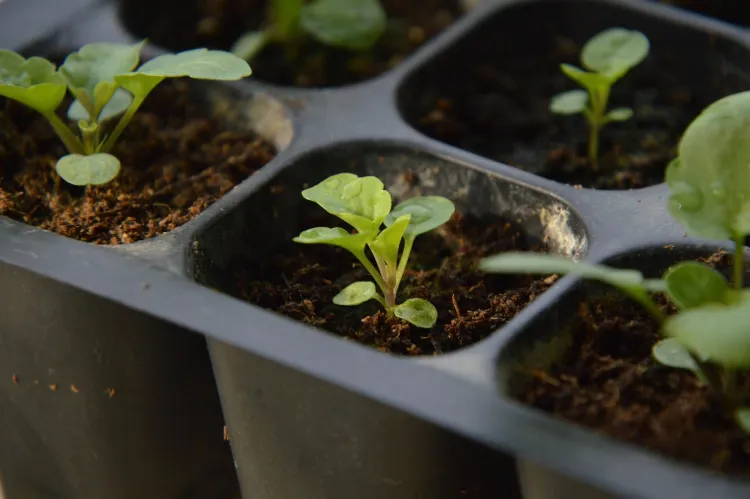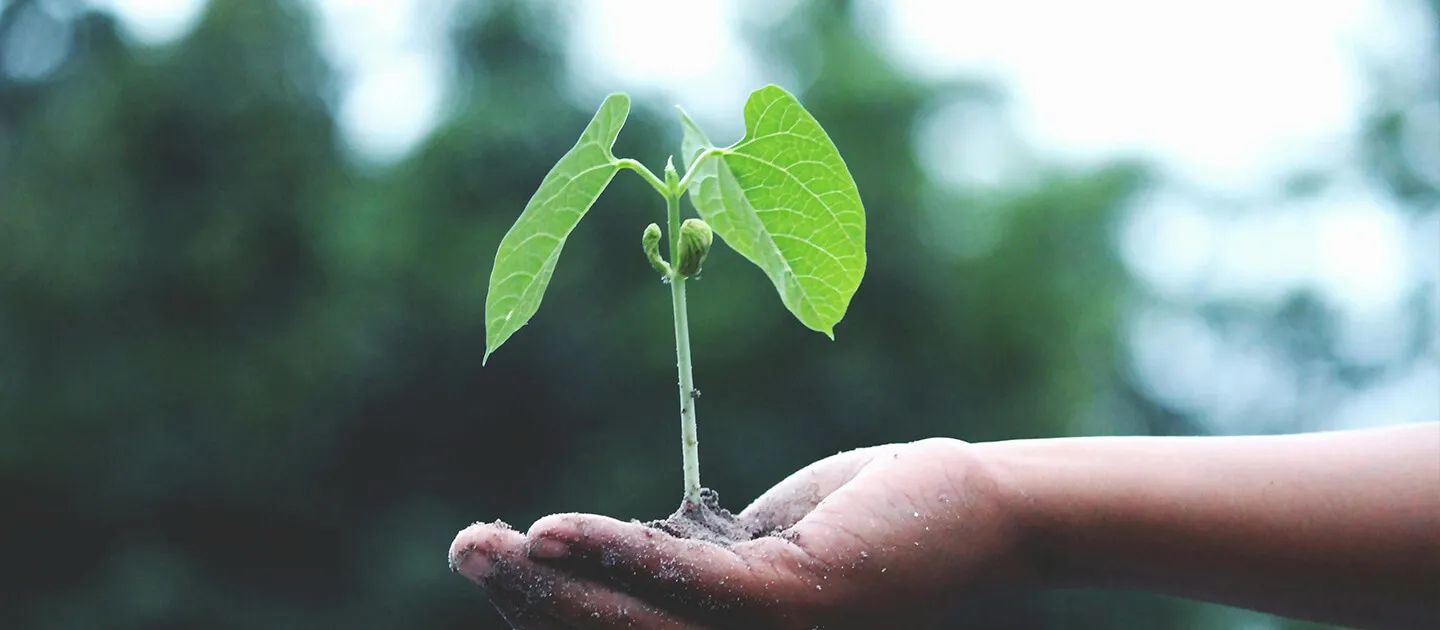Planting time is almost here. While some crops will be directly sown, many others will begin as starter plants that have been grown from seed at home or purchased locally. The trick is to successfully move those plants from the controlled environment where they’ve been nurtured to the great outdoors.
The first thing to decide is when you’ll be moving those starter plants into the garden. There’s more to consider than waiting for a warm, sunny day. We all know how fickle Mother Nature can be: temperatures in the 70’s one day, dropping below freezing at night the next, maybe snow a few days later. Springtime in New England can be tricky.

To help decide when to put in your garden, first determine your location’s average last frost date. While anything is possible weather-wise, the average last frost date will tell you when the chances of freezing temperatures have diminished sufficiently for you to put in your garden without worrying that a killer frost will wipe out your efforts.
You can find the average last and first frost dates for your location here: https://garden.org/apps/frost-dates/. Enter your zip code to find the chance of freezing temperatures from April to June.
For example, in Bennington there is a 50 percent chance of temperatures falling to 36 degrees on May 22, but by June 1, the chance of a frost falls to just 20 percent. A week later, it’s just 10 percent.
Those in St. Johnsbury will need to be a bit more patient with an average 50 percent chance of frost on June 2 and a 10 percent chance not until June 17. Using your location’s average last frost information, you can select a date to begin planting your garden.
Two weeks prior to that date, begin “hardening off” your plants to prepare them for the transition. During that time, you’ll introduce them to conditions outdoors: sunlight, changing temperatures, wind and perhaps rain.
When daytime temperatures are above 50 degrees Fahrenheit, temporarily move plants to a protected location outdoors, such as a covered porch or an area of dappled shade. Begin with an hour or two the first day, gradually increasing the amount of time they’re outdoors over the next two weeks.

At this point, don’t worry that your plants won’t get enough light. Direct sunlight is far stronger than a grow light or natural light through a window and can burn tender leaves accustomed to less intense light. By the end of two weeks, the plants can be placed in the area where they’ll be planted.
Be aware that wind can break tender stems. Wind and sun can also dry out pots faster than if they were inside, so adjust watering as necessary.
After a week or two (depending on the weather), your plants will be acclimated to their new environment and ready to take their place in your garden.
Moving plants in and out each day for two weeks may seem like a lot of bother, but by slowly introducing plants to life outdoors, you can lessen their stress adapting to stronger light, wind and varying temperatures that they didn’t experience indoors.
When it’s time to put in your garden, overnight temperatures should be above 50 degrees Fahrenheit, but watch the weather forecasts. A late-season frost is always possible.
Have a plan in mind to protect plants if needed. An old sheet, blanket or tablecloth work well. Avoid using plastic because it can cause damage to foliage it touches.
It won’t be long before those tiny starter plants will be flowering and bearing veggies for your table.
